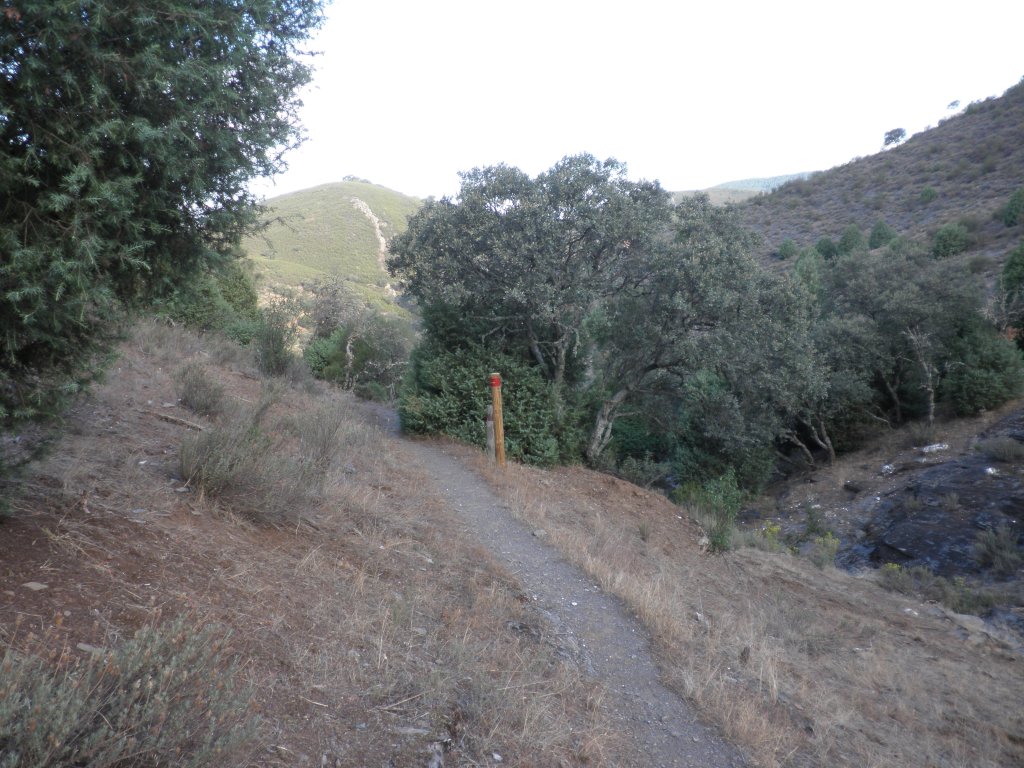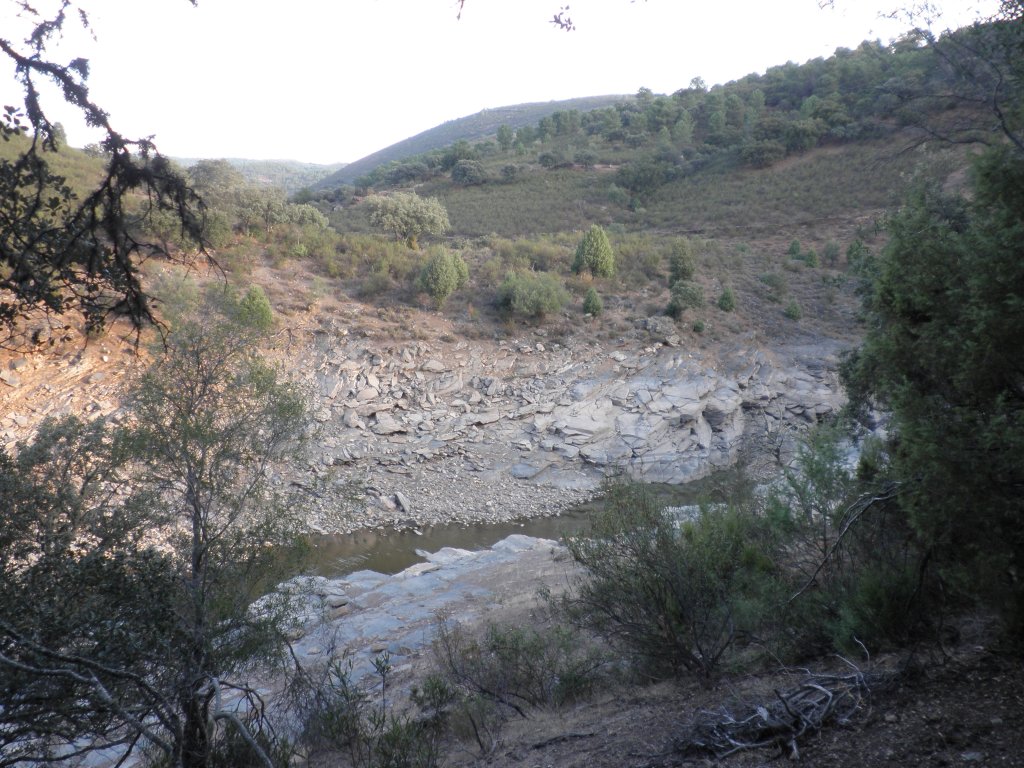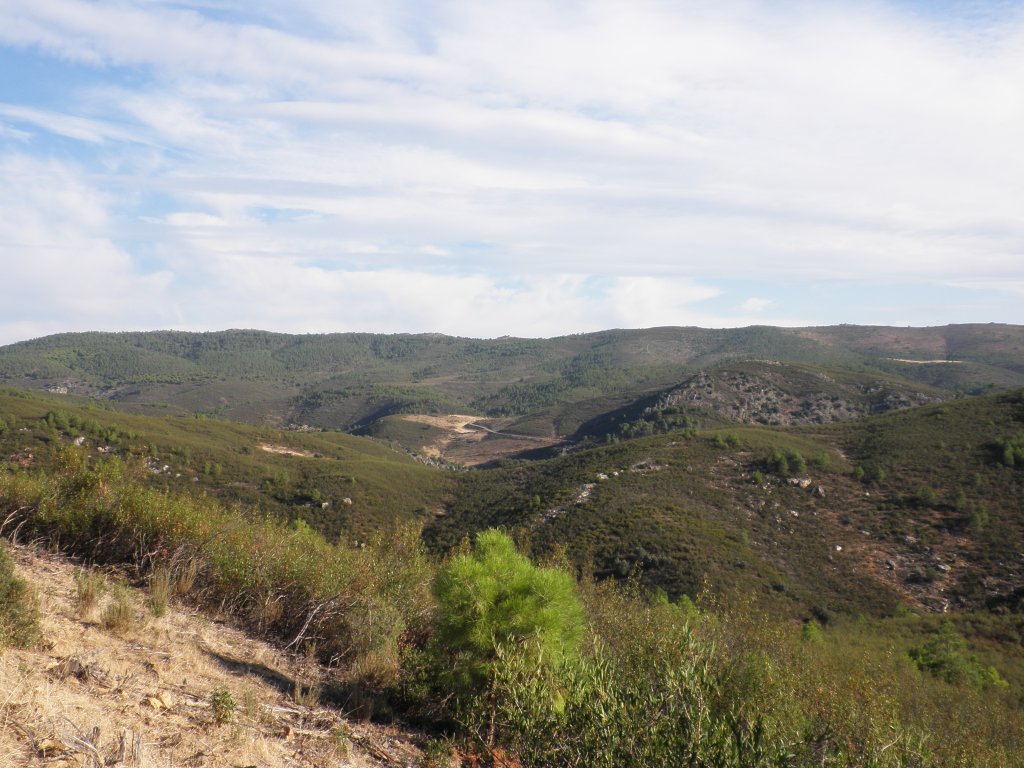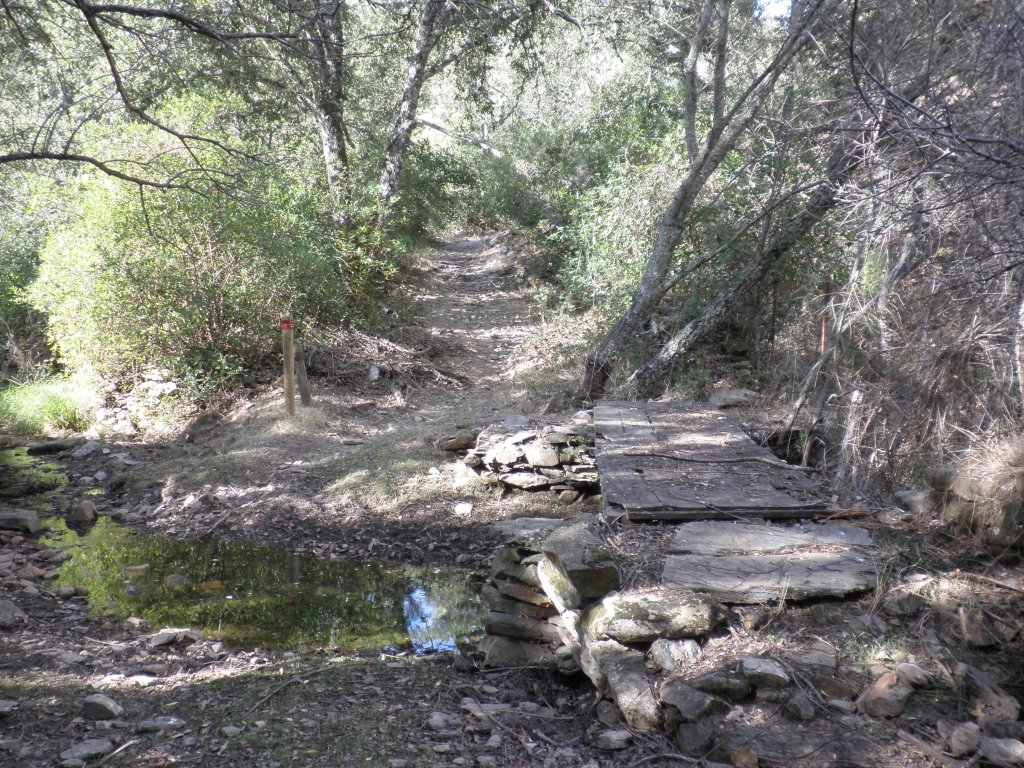Stage 35: Villarreal de San Carlos - Serradilla
Description

Wildlife in Monfragüe National Park
The Stage is divided into two parts: one outside and the other inside Monfragüe National Park. The part inside the Park runs along narrow paths, where one can admire the wildlife that has contributed to its designation as National Park, including its riparian vegetation.
The route begins in the small village of Villarreal de San Carlos, up a path with a slight slope, paved with natural stone slabs, located near the Interpretation Centre, that leads to small brook. A recreational area with tables and benches can be found here. From here, the route continues along a dirt road that ventures into the Park, where the traveller can enjoy its wildlife.
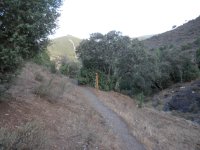
During the rut, one can often hear the buck (Cervus elaphus) grunt, and sometimes even see them fighting over does and territory. The Park is also home to a variety of bird species. The colonies of Griffon Vulture (Gyps fulvus) are easily identifiable when they fly just a few metres above the ground.
The Stage of the Trail that traverses through the Park is also included in the "Monfragüe y las Dehesas del Entorno" SCI, whereas the route itself belongs to the namesake SPA.</</p>
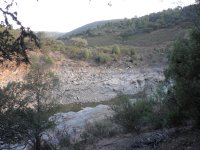
The path turns right at the intersection near the hill, and continues along a narrow path. The Nature Trail and the "Itinerario Marrón" of the Monfragüe National Park Trail Network overlap from here onwards. It continues through the Mediterranean forest along the left bank of the River Barbaón. This protected area is home to the largest recorded colony of Cinereous Vulture (Aegypius monachus). This diurnal bred of prey, a scavenger that nests in treetops, has a wingspan of up to three metres. It can be easily spotted in areas with abundant vegetation, near rocky cliffs and crags, such as the mouth of the River Barbaón, where it nests every year. Although less abundant, the Park is also the habitat of the Spanish Imperial Eagle (Aquila adalberti) endemic to the Iberian Peninsula, which feeds mainly on rabbits. It is also possible to catch a glimpse of this bird in the dehesas located outside the Park.
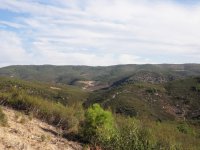
The riverbanks are populated with typical riparian species, including willows (Salix spp.). The river flows under a bridge supported by three pillars, from where it is possible to see how the tributaries empty their waters into the Tagus.
The Trail continues to an intersection with a forest track. A wooden hut, equipped with a table and benches, stands at the intersection to allow the traveller to rest. From here, the forest track divides into two, and this Stage continues along the right path which crosses a small brook.
Further on, it merges again with the forest track that leads uphill to a promontory from where one can see the town of Serradilla. The final stretch of this Stage begins at the next intersection, where it heads down a narrow path towards the town
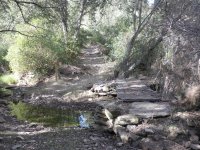
The whole itinerary runs through pine forests and typical Mediterranean vegetation, except at the end of the Stage, outside the Park, when the route is flanked by holm oaks (Quercus ilex) and olive trees until it reaches the town.
Worthy of note is "Pinar de Serradilla", a 4,170 ha public forest property of the town, of which 3,000 are inside the Monfragüe National Park.
As the Trail approaches Serradilla, the endpoint of this Stage, one can enjoy a beautiful panoramic view of the typical "dehesa" landscape. It is possible to enjoy the beautiful image of a typical Extremaduran town, with its small whitewashed houses and labyrinth of tiny streets.
Enlaces de interés
Profile
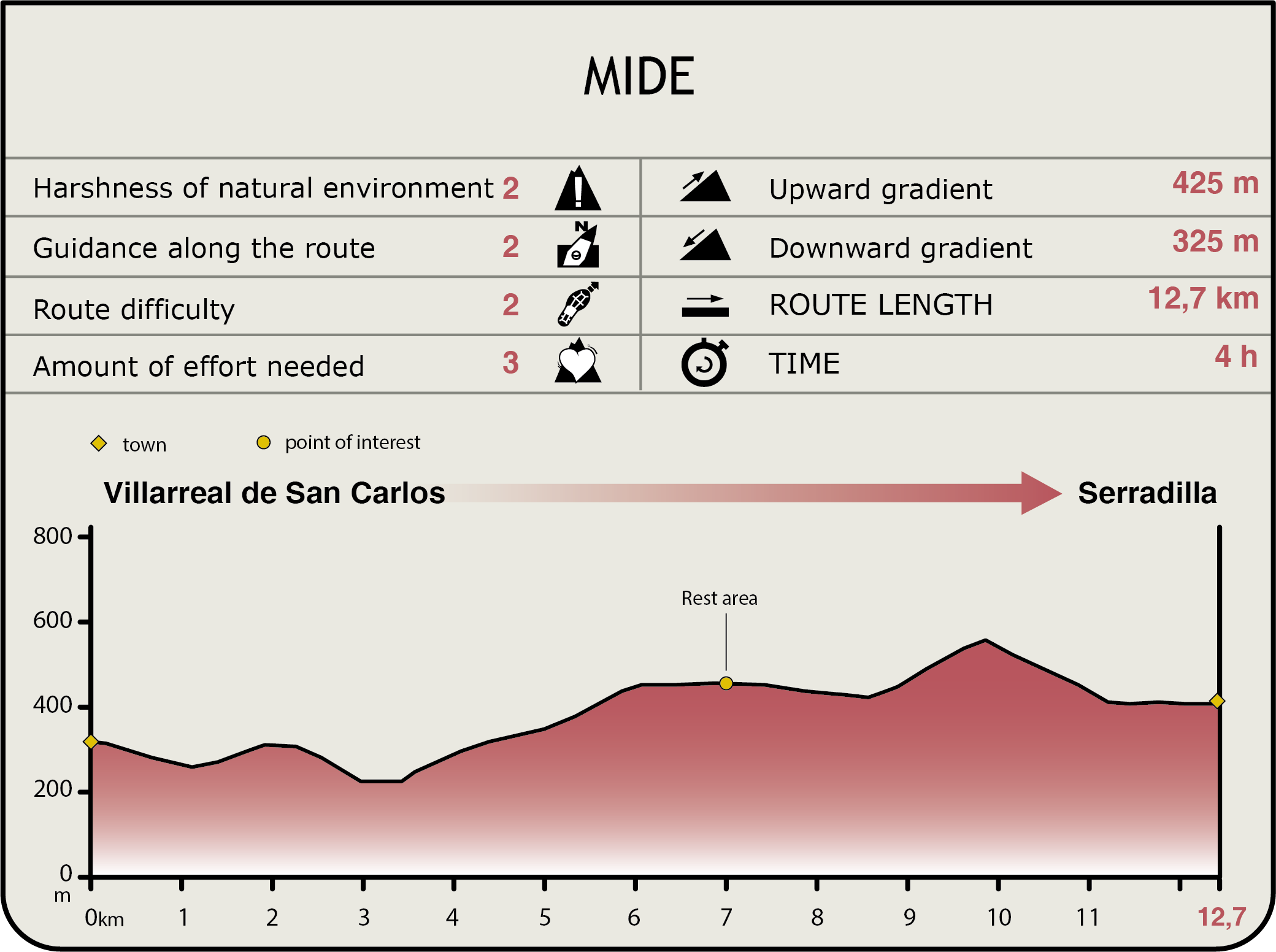
MIDE (Method for the Information of Excursions)
Featured
Further information
Fountains at Serradilla
Serradilla is also home to a number of interesting fountains. Notable is the Capillo Fountain, the first of its kind in Serradilla, currently in disuse. This fountain is located in Hoyo de Santa Ana. It has a cap-shaped roof with a square base.
Another notable fountain, located at Paraje de las Huertas, is square with a hemispherical dome, currently also in disuse.
Shrines and churches
There are many shrines and churches within the municipal borders of Serradilla. Santa Catalina is a well-preserved, single nave building built in 1716. Santa Ana, a square building with a small arch on its façade, is the oldest, dating back to the 16th century. The dome is a hemispherical structure covered with a hipped roof and Arabic tiles.
The shrine of Santa Barbara (17th c.) consists of a single nave divided into several Stages, and an apse with a hemispherical dome. Finally, the Shrine of San Antonio (17th c.), the largest in the municipality, can be found in the namesake square.
One can also visit the Church of Asunción. This building and its bell tower date back to the sixteenth century. It consists of three naves separated by pillars and pilasters along the side walls. The apse is square and covered by a hemispherical dome.
The town is also home to the Convent of Santo Cristo, built between 1672 and 1675. The façade has a semi-circular arch. The cornice on the second storey has three niches crowned with the coat-or-arms of the Augustinian Order. The Latin cross nave has a dome over the transept.
